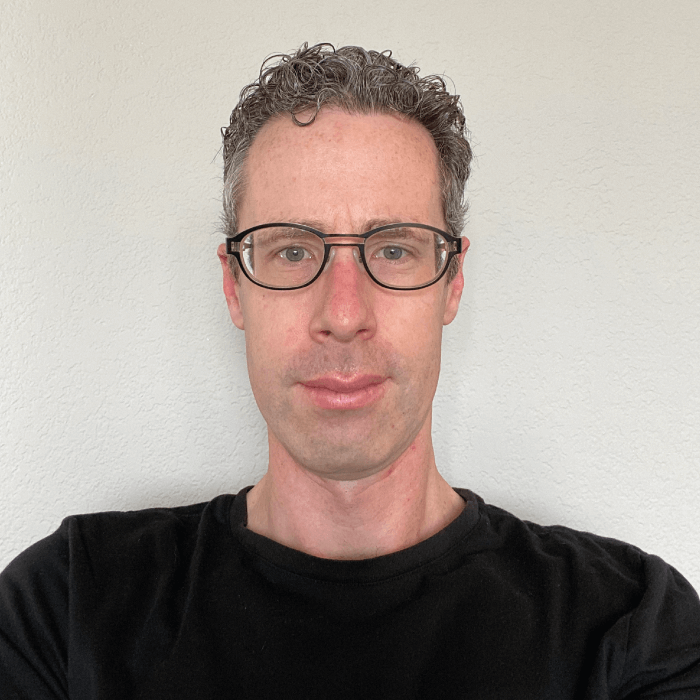
I’ve been teaching analytical chemistry at San Diego State University for over 10 years now, and during this time I’ve really been focused on using technology and other digital tools to aid the teaching process. The “flipped classroom” is something I have implemented in my classes, where lectures are pre-recorded and class time is instead used for group assignments. In terms of research, our work in the Harrison lab is mostly focused around capillary electrophoresis and its application to bioanalytical problems – such as blood doping identification.
What drives me most is securing opportunities for students and pushing them to realize their full potential. I’ve had students who didn’t know of a scholarship opportunity or didn’t realize there was a chance to do research as an undergrad or go to grad school – it’s greatly satisfying to see one of your students succeed and go beyond what they thought was possible. And that’s what keeps me going.
What’s been keeping me awake at night recently has been how to best prepare my students for practical lab work while we are all working remotely. We’ve been able to do some in-person teaching but it’s been infrequent, so I’m constantly thinking about the best way to get those lab skills across – because it’s so important! In past years, I’ve had students who have been top of the class in written work, but with little practical aptitude. I think the effects of this pandemic are going to plague our field for years to come, because we are going to need to do some sort of remedial teaching to get those students back up to speed when it comes to the practicalities of analytical science.
I think one of the biggest milestones for me this year was that one of my graduate students (who started as one of my undergraduate students) secured a four year NASA fellowship for a research project that she developed to detect traces of past life on rocks; it’s incredible to see her succeed. In terms of personal milestones, I think I am just happy that I’ve managed to keep things moving along and make it through 2020!
In one really interesting paper relating to electrophoresis, the authors identified a secondary electrokinetic force that is involved in electrophoresis but that we’ve essentially overlooked in chemistry (1). I think it’s really going to revolutionize dielectrophoresis research and make it more predictable – and it’s got me thinking about things we can look at in our own lab...
References
- Direct current electrokinetic particle trapping in insulator-based microfluidics: Theory and experiments, Anal Chem, 92, 12871 (2020). DOI: 10.1021/acs.analchem.0c01303




